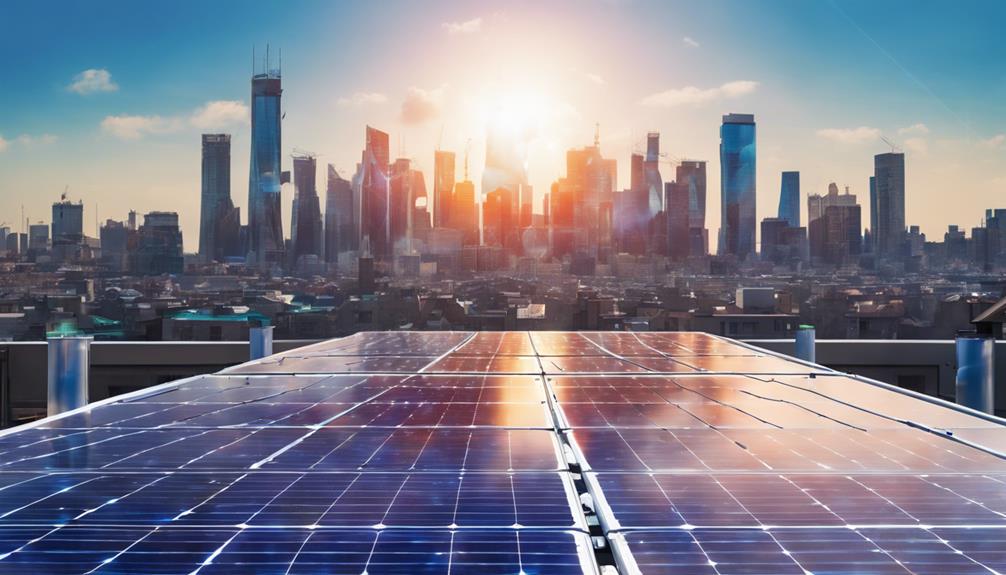
What Are Bifacial Panels?
Bifacial panels are a revolutionary advancement in solar technology that allows for the absorption of sunlight from both sides of the panel. Unlike traditional monofacial solar panels, which only capture sunlight from the front, bifacial panels utilize a transparent backsheet or glass, allowing sunlight to penetrate and be reflected from the ground or other surfaces. This dual-surface exposure can significantly increase energy generation, making bifacial panels a popular choice among solar energy enthusiasts and investors.
The Advantages of Bifacial Panels
One of the primary benefits of bifacial panels is their enhanced efficiency. Studies have shown that these panels can produce up to 20-30% more energy compared to their monofacial counterparts, depending on the installation environment and the amount of reflected sunlight available. This increased energy output translates to higher returns on investment for solar system owners. Additionally, bifacial panels often have a longer lifespan due to their robust construction, which can withstand adverse weather conditions better than traditional panels.
How Bifacial Panels Work
Bifacial panels operate on the principle of light reflection and refraction. The front side of the panels captures direct sunlight, while the backside utilizes albedo effect—the reflection of sunlight from surfaces like snow, sand, or light-colored concrete. This means that the energy production of bifacial panels is influenced not just by the amount of direct sunlight but also by the surrounding environment. Therefore, careful site selection is crucial to maximize the benefits of bifacial panels, especially in areas with high albedo surfaces.
Installation Considerations for Bifacial Panels
When considering the installation of bifacial panels, several factors must be taken into account. First, the tilt and orientation of the panels can significantly affect their overall performance. Ideally, bifacial panels should be installed at a height that allows for maximum sunlight exposure on both sides. Moreover, the type of surface underneath the panels plays a critical role in energy generation; surfaces with high reflectivity will yield better results. It is also essential to consider shading from nearby objects, which can hinder the performance of bifacial panels.
Cost-Effectiveness of Bifacial Panels
Despite the higher initial investment associated with bifacial panels, many homeowners and businesses find them to be cost-effective in the long run. The increased energy production leads to faster payback periods, sometimes within three to five years, depending on energy rates and government incentives. Furthermore, as technology advances and manufacturing costs decrease, the gap between bifacial and traditional panel prices is expected to narrow, making bifacial panels an increasingly attractive option for solar energy systems worldwide.
Applications of Bifacial Panels
Bifacial panels are versatile and can be used in various applications, ranging from residential rooftops to large-scale solar farms. In commercial settings, they can be particularly beneficial due to their ability to generate more power in limited spaces. Furthermore, in solar farms, bifacial panels can maximize land use efficiency, allowing for more energy generation per square foot. Additionally, bifacial technology is being integrated into innovative designs, such as solar canopies and carports, further expanding its applications and benefits.
The Environmental Impact of Bifacial Panels
The adoption of bifacial panels contributes positively to environmental sustainability. By generating more electricity from sunlight, they help reduce reliance on fossil fuels and lower greenhouse gas emissions. Moreover, with their longer lifespan and durability, bifacial panels reduce the need for frequent replacements, minimizing waste and the environmental footprint associated with manufacturing and disposing of solar panels. Investing in bifacial technology is not just a smart financial decision; it’s also a commitment to a cleaner, greener planet.
The Future of Bifacial Panels in Solar Energy
As the solar industry continues to evolve, the future of bifacial technology looks promising. Ongoing research and development are focused on improving efficiency, reducing costs, and enhancing the versatility of bifacial panels. With increasing awareness of climate change and the importance of renewable energy, more consumers and businesses are expected to turn to bifacial panels as a viable solution for their energy needs. As policy support and technological advancements align, bifacial panels will likely play a critical role in the global transition to sustainable energy solutions.
In conclusion, bifacial panels represent a significant leap forward in solar technology, offering numerous advantages that make them an appealing choice for both residential and commercial applications. With their ability to harness sunlight from multiple angles and environments, bifacial panels stand at the forefront of renewable energy innovation, promising a more efficient and sustainable future. Whether you’re a homeowner considering solar options or an investor looking into solar technology, understanding the potential of bifacial panels is key to making informed decisions.





